This week, Kaspersky Lab's identified DVRs and IP camera systems as the top source of Internet attacks. More than 63% of the attacks observed by Kaspersky came from DVR and IP camera systems, and nearly 20% came from routers and other networking devices. Essentially, hackers are taking over IP camera systems and using them to attack other systems. You might not care your system is being used to attack some business, but it also means the hackers could view, record and transmit your personal home/business audio & video streams. There's even a creepy website streaming from over 100,000 p rivate security cameras!
If you're able to check your cameras from outside your home or business, the system is vulnerable. It’s alarmingly easy for an IP camera to be hacked so make sure to take the below precautions as your Businesses' or family's privacy could be at risk.
rivate security cameras!
If you're able to check your cameras from outside your home or business, the system is vulnerable. It’s alarmingly easy for an IP camera to be hacked so make sure to take the below precautions as your Businesses' or family's privacy could be at risk.
Update your Camera's Firmware - Most modern IP security cameras feature user upgradeable firmware. If a security vulnerability is found, the IP security camera manufacturer will often fix the vulnerability by issuing a firmware update. Usually, you can update your camera's firmware from the admin console via a web browser. Be sure to frequently check for updates!
Password Protect Your Cameras - Most cameras offer some form of basic authentication. Protect your camera feeds with a username and a strong password and change it periodically.
Rename the Default Admin Account & Set a New Admin Password - Your camera's default admin name and password, set by the manufacturer, is usually available by visiting their website and going to the support section for your camera model. If you haven't changed the admin name and password then even the most novice hacker can quickly look up the default password and view your feeds and/or take control of your camera.
If Your Camera is Wireless, Turn on WPA2 Encryption - If your camera is wireless capable, you should only join it to a WPA2-encrypted wireless network so that wireless eavesdroppers can't connect to it and access your video feeds.
Avoid Port Forwarding to your IP Camera - The router you use comes with built in security that blocks certain applications from accessing your home network. Some people choose to set up port forwarding for devices such as an XBox which might be OK, but when it comes to IP cameras I don’t recommend you do this. If you’re not sure what I’m talking about you’re probably safe (you have to actively open port forwarding so you will know if you have done that).

 future upgrades & reduces install time. All our cabling is installed by a licensed electrician.
By nature a structured cabling system is more neat and organized than the traditional point-to-point cabling systems. A structured cabling system does take planning, but after you have it set, you can rest easy. The advantages include –
future upgrades & reduces install time. All our cabling is installed by a licensed electrician.
By nature a structured cabling system is more neat and organized than the traditional point-to-point cabling systems. A structured cabling system does take planning, but after you have it set, you can rest easy. The advantages include –